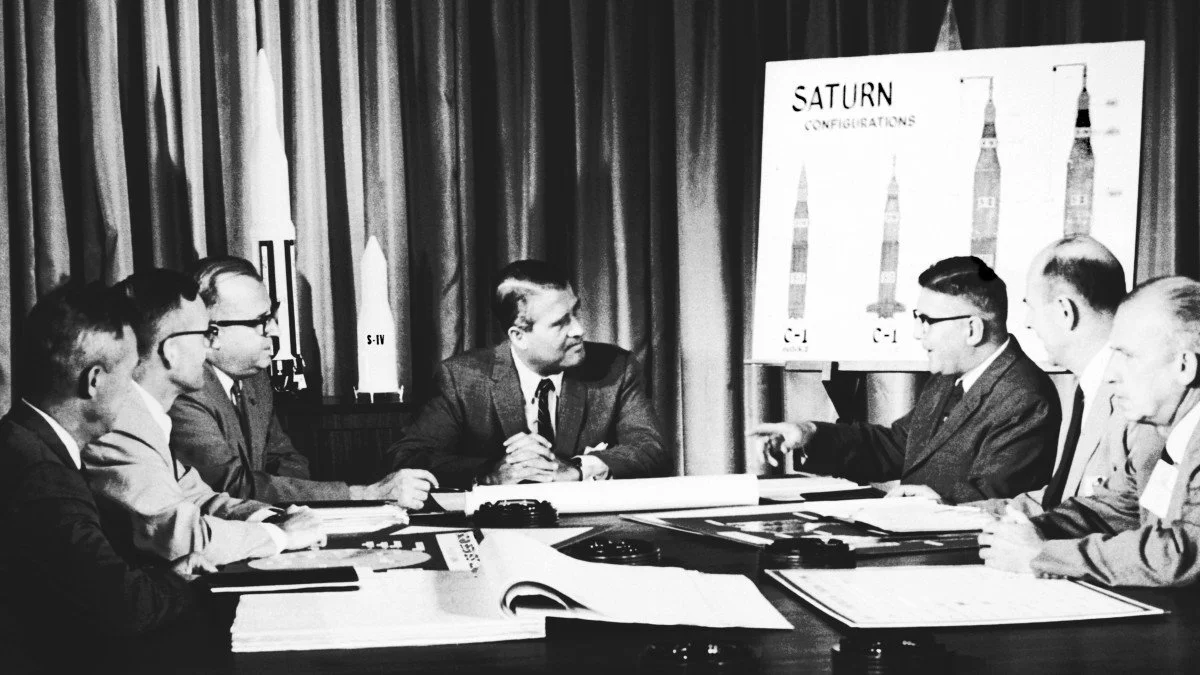OPERATION: PAPERCLIP
Operation Paperclip: The Secret US Program to Recruit Nazis
Operation Paperclip was a secret United States program to recruit Nazi scientists, engineers, and technicians for the US military and intelligence agencies during and after World War II. The Joint Intelligence Objectives Agency (JIOA) conducted the operation from 1945 to 1959. The program was designed to exploit the technical knowledge and expertise of German scientists, engineers, and technicians in a variety of fields, including weapons and weapons systems, medical and chemical research, aeronautics, and rocketry. The impetus for Operation Paperclip was the need for the US to gain access to German scientific and technical knowledge during the Cold War.
The US believed that German scientists and engineers had valuable information to help the US fight against the Soviet Union. In addition, the US believed that German scientists and engineers would be loyal and could be trusted not to pass information to the Soviets. Operation Paperclip began in 1945 when the US Army began to secretly recruit German scientists and engineers. The US Army identified German scientists, engineers, and technicians who had expertise in fields that were of interest to the US. These individuals were then offered positions in the US in exchange for their knowledge and expertise.
The recruitment of these individuals was highly secretive and conducted without the US public's knowledge. Operation Paperclip was a success. Over 1,600 German scientists, engineers, and technicians were recruited and brought to the US. These individuals worked in a variety of fields, including rocketry, chemical, and biological weapons, nuclear energy, aviation, and electronics. The German scientists and engineers brought to the US under Operation Paperclip made significant contributions to the US. They helped to develop the first jet engine, designed missiles and rockets and developed various other technologies. They also helped to develop the first atomic bomb and made contributions to medical research. The contributions of the German scientists and engineers recruited under Operation Paperclip were so significant that they are credited with helping the US to win the Cold War. Operation Paperclip has been controversial.
The US government kept the program highly secret, and the individuals recruited under the program were not required to disclose their Nazi past. This has led to allegations that the US government was complicit in covering up the activities of war criminals. In addition, the US government was accused of not properly vetting the individuals recruited under Operation Paperclip. While some of the recruits had been members of the Nazi Party, most had not been involved in war crimes. However, some individuals recruited under the program had indeed been involved in war crimes. Despite the controversy over Operation Paperclip, it is undeniable that the German scientists and engineers recruited under the program made significant contributions to the US. Their contributions helped the US to win the Cold War and allowed the US to make advances in a variety of fields, including rocketry, aviation, nuclear energy, and medical research. While the controversy over Operation Paperclip will likely continue for years to come, it is undeniable that the program had a major impact on the US and its allies.





